The capital of the Republic of Buryatia is Ulan-Ude, a large city of 400,000 inhabitants which lies 100km southeast of Lake Baikal. Ulan-Ude was founded during Mongol rule and retains its unique eastern atmosphere. It is the center of Tibetan Buddhism in Russia and nearly one-third of its population are ethnic Buryats.
The Trans-Mongolian Railway traces the route of ancient tea caravans, winding its way from Russia to China via the Mongolian capital Ulaanbaatar. The Trans-Mongolian splits off from the main Trans-Siberian Railway at Zaudinskiy, just a few kilometres after Ulan-Ude, before crossing the Russian-Mongolian border 250km further south. This railway route from Ulan-Ude to the Mongolian border was constructed in the 1940s and 1950s.
Trans-Mongolian Railroad Map
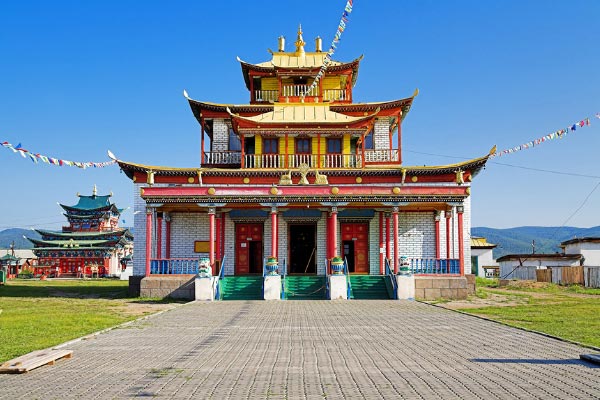
Ulan-Ude
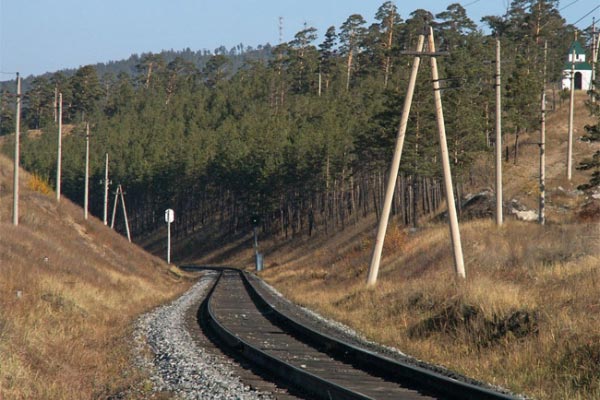
Zaudinskiy
This village lies in the suburbs of Ulan-Ude and boasts beautiful landscapes which you can admire from your carriage, as the train does not stop for long at Zaudinsky Station.
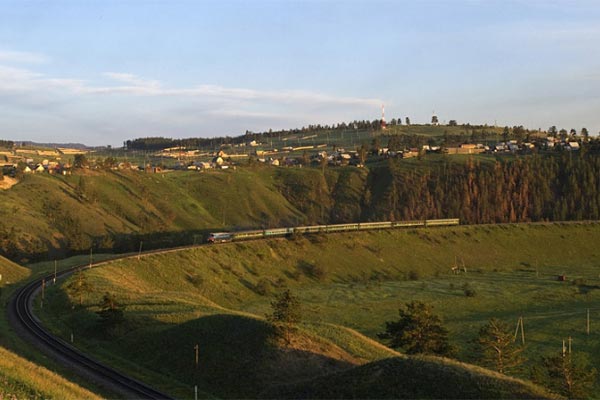
Sayantuy
At this little station the Trans-Mongolian stops only for two minutes. After departure from Sayantuy, the railroad crosses the Selenge River and travels westwards.
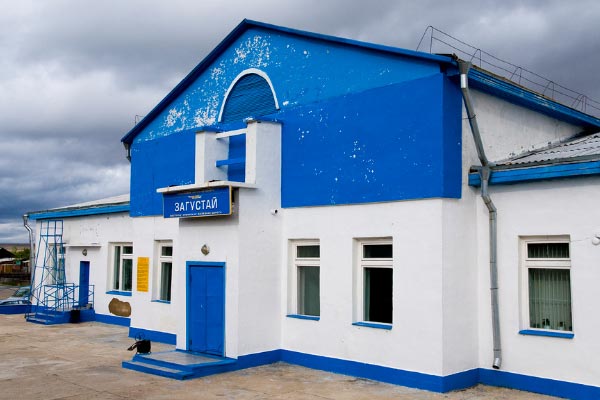
Zagustay
The village of Zagustay is situated just a few kilometres from Gusinoozersk, a monotown centered around the coal industry. The train only stops for a couple of minutes.
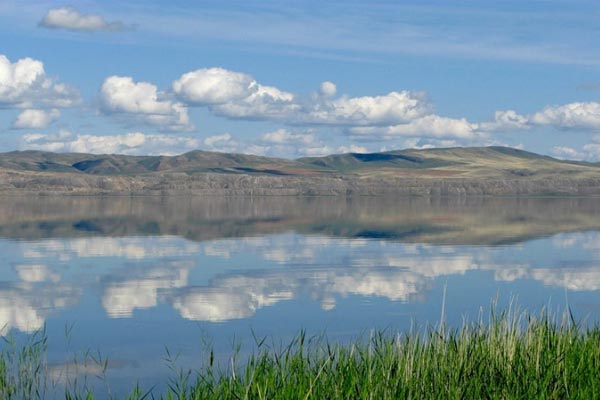
Gusinoe ozero (Goose lake)
The Gusinoye Lake takes its name from the abundance of geese which used to live on an island in its center. The Trans-Mongolian traces the western shore of the lake.
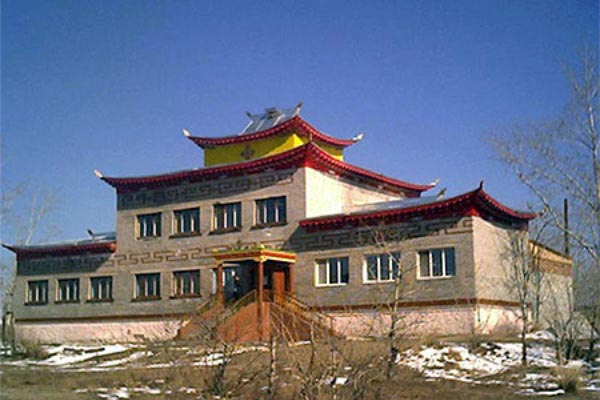
Gusinoe ozero town
The Trans-Mongolian makes a short stop at the village of Gusinoye Ozero. It is home to the Tamchinsky Datsan, a Buddhist monastery which is one of the most important monasteries in the region and one of the oldest in Russia, and which is open to visitors. The surrounding landscape is picturesque, with deep valleys and mountains on the horizon.
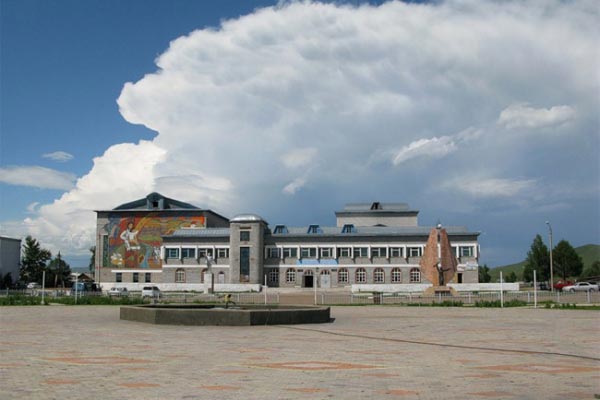
Dzhida
Dzhida is a small village which was formerly home to a military airbase. The train stops for 1-5 minutes.
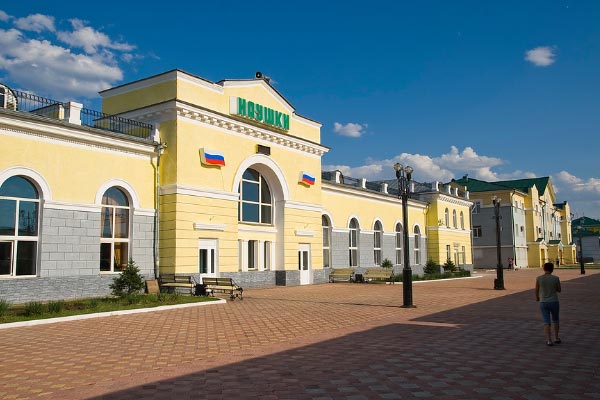
Naushki
Naushki is a town on the Russia-Mongolia border. The Trans-Mongolian will stop here for 2-3 hours depending on the type of train, before travelling south across the border.
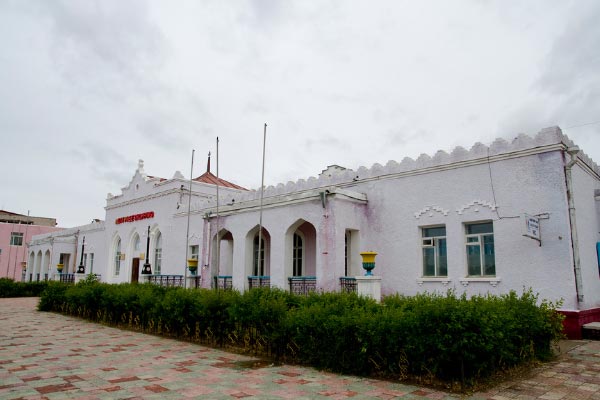
Sukhbaatar
Sukhbaatar was established in 1940 near the confluence of the Selenge and Orkhon Rivers, and is the capital of the Selenge Province. 20,000 people live in this town, named after a founding member of the Mongolian People’s Party. When crossing the Mongolian border passengers’ luggage is carefully checked. The train will stop here for between 1 ½ and 3 hours, but taking photographs at the station may result in your camera being confiscated.
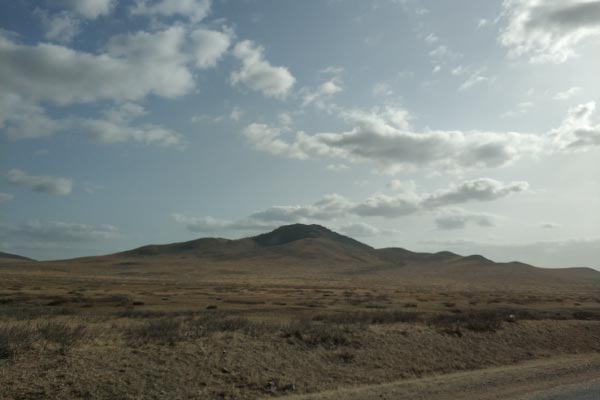
Darkhan
Darkhan is Mongolia’s third-largest city, with 95,000 inhabitants. Although it is an industrial city (Darkhan means ‘blacksmith’ in Mongolian) the southern part of the city is more attractive. The train stops here for 30-50 minutes, giving you plenty of time to stretch your legs.
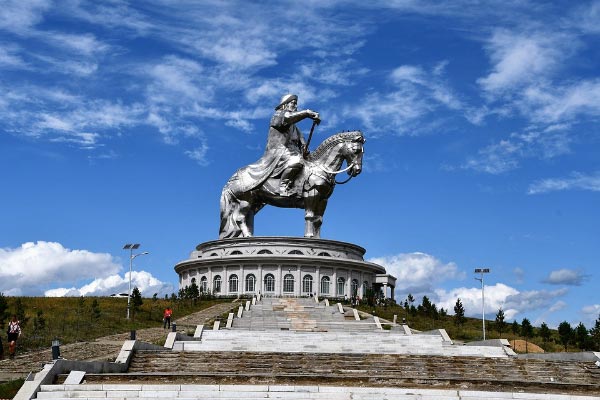
Ulaanbaatar
Ulaanbaatar is the capital of Mongolia, and home to nearly half the country’s population. The city was established in 1639 as a nomadic Buddhist settlement, and changed location 28 times before settling permanently on Tuul and Selbe Rivers. Ulaanbaatar was a major center on the trading routes between China, Russia and Europe. The Trans-Mongolian stops for 30 minutes in Ulaanbaatar, and you can visit some of the many platform traders at the station.
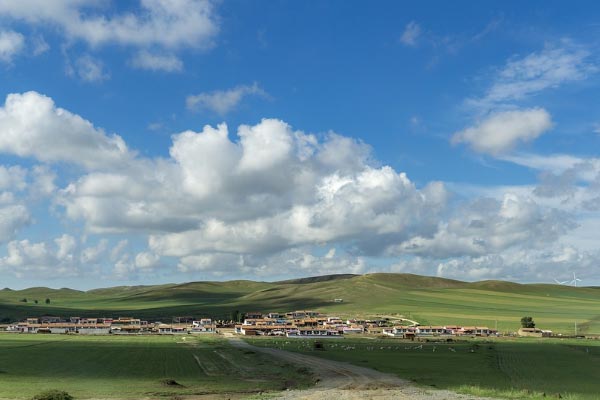
425-470 km
Heading south from Ulaanbaatar, the Trans-Mongolian passes through grassy steppe on its way to the Gobi Desert. After passing through a hilly landscape, the train descends along a winding route and offers the chance to admire the beautiful panorama unfolding below. This is a great place to get pictures of the landscape and the train.
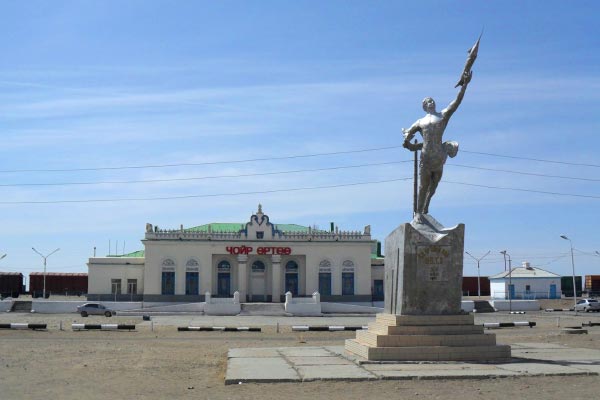
Choir
Choir is a small town located in the very centre of the Gobi Desert, and was founded as an airbase by the Soviets. During the train’s 15-minute stop you can admire the interesting architecture of Choir Station and see a statue dedicated to the 15th anniversary of the station, founded as the first major stop along the new Ulaanbaatar Railway.
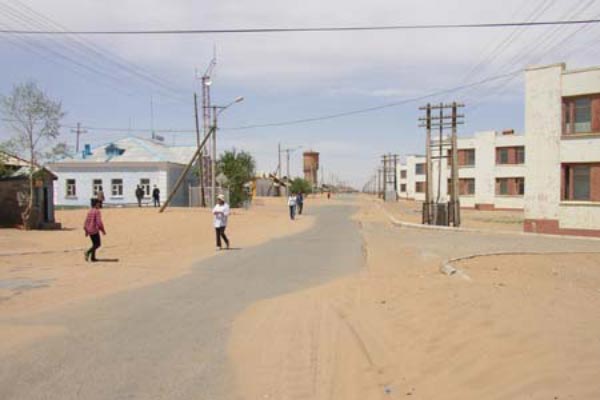
Dzamin Ude
This town lies on the Mongolia-China border. Passengers must show their customs declaration and immigration forms, and your luggage will be checked. The train will pause here for at least one hour.
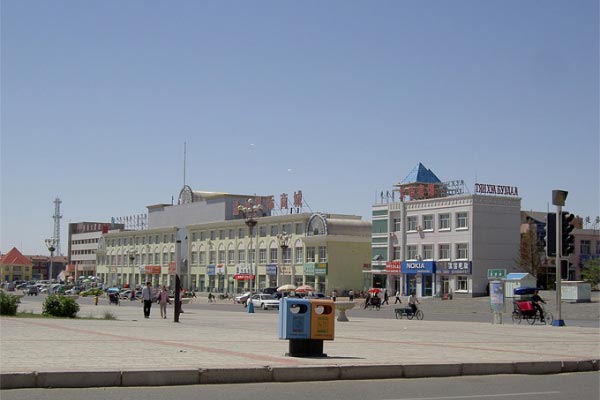
Erlyan
After crossing the Chinese border, you should be prepared to wait another four hours at Erlyan Station as the wheels of the Trans-Mongolian are changed to Chinese gauge wheels. You may have to disembark the train during this process, so bring warm clothes.
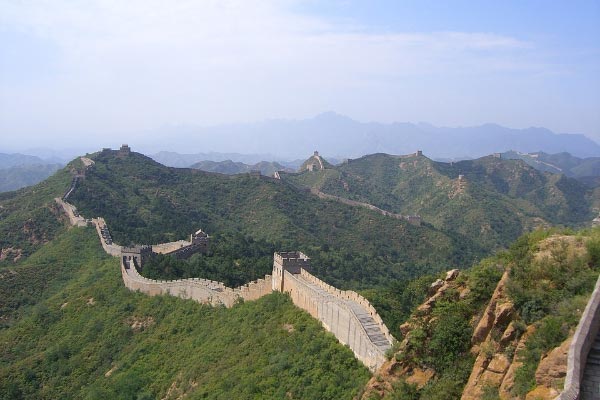
415 km
The Trans-Mongolian Railway crosses the Great Wall of China at this point, just over 400km from Beijing.
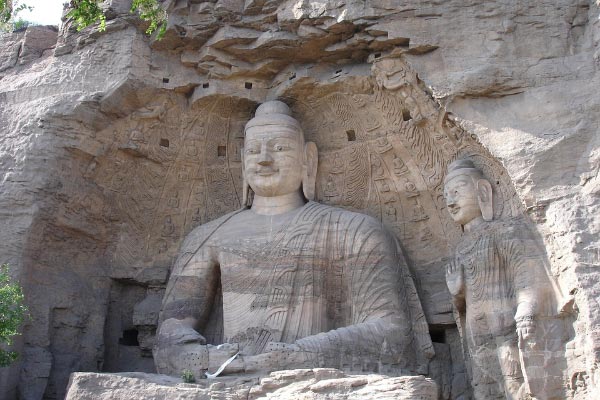
Datong
Datong is a large city home to more than two million inhabitants and is a major hub of the coal industry. One of Datong’s primary tourist attractions is the Yungang Grottoes – ancient Chinese Buddhist temples comprising 250 caves and 51,000 statues, which are a UNESCO World Heritage Site. The train stops for 8 minutes at Datong.
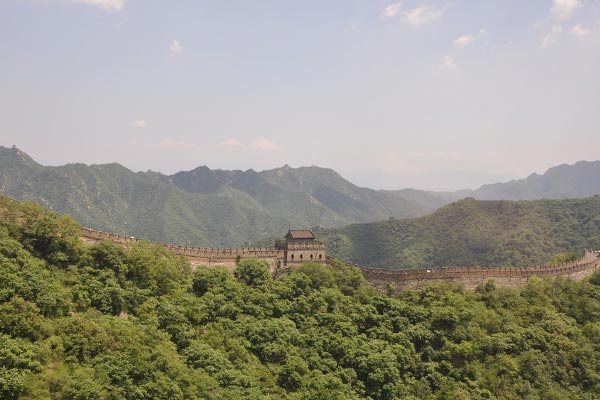
295-272 km
Here, the train travels alongside the Great Wall of China for over 20km, offering a fantastic view of the Wall at the 284km mark.
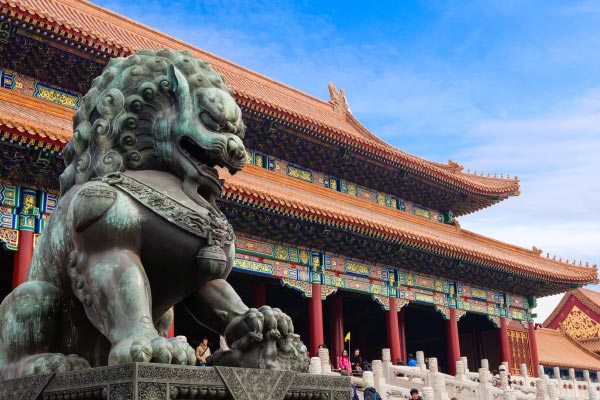
Beijing
Beijing is the capital of China and one of the first sites of human civilization. In Beijing’s historical heart is the Forbidden City, Tiananmen Square, and Imperial parks and gardens. Throughout the city are attractions which showcase millennia of Chinese history, religion and culture. Perhaps Beijing will be the end of your journey – or maybe, only the start!











